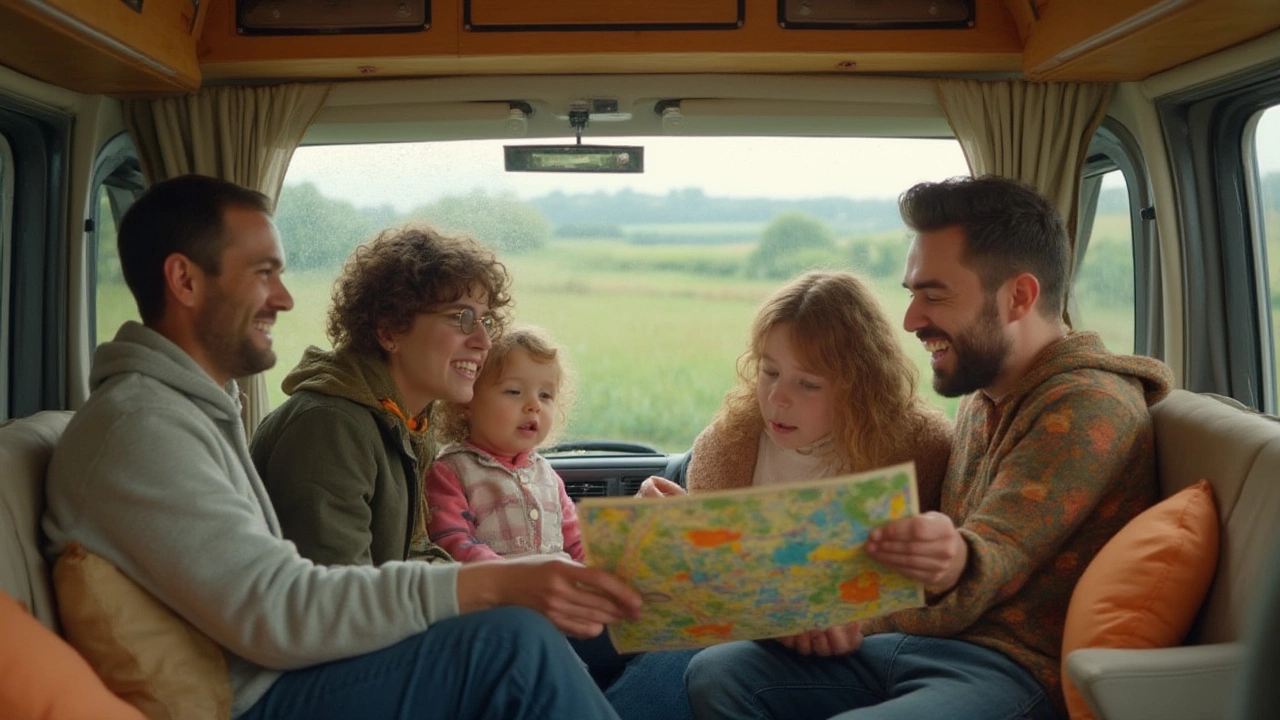RV Bathroom Safety Tips: Keep Your Motorhome Restroom Safe on Every Trip
Whether you’re parked at a campsite or cruising down the highway, the bathroom in your RV needs the same care you’d give a house bathroom. A tiny leak or a spark can ruin a vacation fast, so let’s go through the basics that keep things dry, clean, and safe.
Common Hazards in RV Bathrooms
First, know what can go wrong. The most frequent issues are:
- Water leaks: Loose fittings, cracked hoses, or a faulty tank seal can flood the floor.
- Slip hazards: A wet floor, especially after a shower, becomes treacherous in a small space.
- Fire risk: Portable heaters, candles, or chemical cleaners near the stove or propane can ignite.
- Chemical exposure: Mixing toilet chemicals or using the wrong product can create toxic fumes.
- Waste‑tank overflow: Ignoring level gauges can lead to spills that damage the interior.
Spotting these early saves time and money, and keeps everyone in the RV comfortable.
Practical Safety Steps
1. Check seals and hoses regularly. Before each trip, pull out the fresh‑water hose, the black‑water hose, and the seal around the toilet. Look for cracks, wear, or loose clamps. Tighten any loose connections and replace worn parts. A quick visual check takes less than five minutes but prevents a surprise flood.
2. Use non‑flammable cleaners. Stick to RV‑approved bathroom cleaners that are water‑based and low‑odor. Avoid bleach‑based products near the propane system. Store all chemicals in a sealed container away from heat sources.
3. Keep the floor dry. Place a non‑slip mat or towel right outside the shower and the toilet. Wipe up spills immediately—use a squeegee or a microfiber cloth. If you notice condensation on the walls, run the vent fan for a few minutes after showering.
4. Install a smoke detector and a fire extinguisher. A small battery‑powered smoke alarm near the bathroom warns you of any flame or smoke. Keep a Class ABC fire extinguisher within arm’s reach; you’ll be glad you have it if a candle or heater misbehaves.
5. Monitor waste‑tank levels. Most RVs have an electronic gauge; check it before you empty the tank at a dump station. If your model uses a manual indicator, give it a quick visual check each night. Emptying a full tank is messy and can cause overspill.
6. Secure loose items. Shampoo bottles, toothbrushes, and razor holders can tip over in a moving vehicle. Store them in a cabinet with a latch or tie them down with a Velcro strap.
7. Ventilate properly. When using the toilet, run the vent fan for a minute after flushing to clear odors and moisture. If you’re using a portable heater, make sure the bathroom door stays closed and the fan stays on to prevent carbon monoxide buildup.
These steps are quick, low‑cost, and make a big difference. The goal is to treat the RV bathroom like any other part of your home—check, clean, and secure before you go.
By making a habit of these checks, you’ll avoid the common pitfalls that turn a pleasant trip into a stressful cleanup. Safety in a tiny bathroom may feel like a lot of detail, but each tip adds up to a smoother, more enjoyable road adventure.
Can You Pee in an RV While Driving? Real Answers for Road-Trippers
Wondering if you can use your RV toilet while on the move? This article unpacks the rules, safety issues, and real experiences—plus tips for handling road-trip bathroom breaks.
